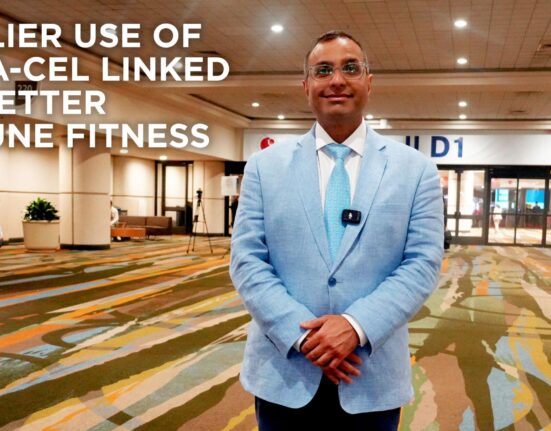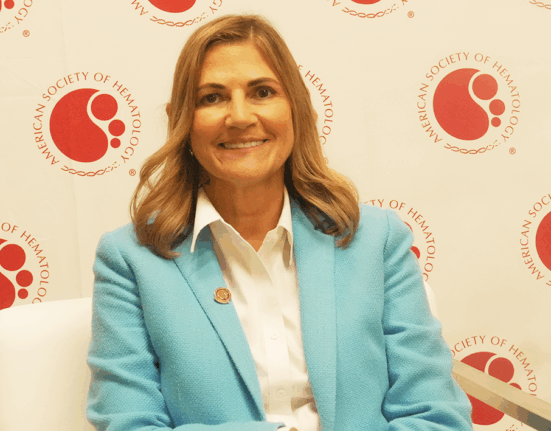By: Kerri Fitzgerald
Long-term follow-up from the CARTITUDE-1 study showed that 33% of heavily pretreated patients with multiple myeloma (MM) were in remission for five or more years after receiving a ciltacabtagene autoleucel (cilta-cel) infusion without maintenance therapy.
Sundar Jagannath, MD, of the Icahn School of Medicine at Mount Sinai, and colleagues published the results in the Journal of Clinical Oncology.
The phase Ib/II, open-label, multicenter CARTITUTE-1 study included patients with relapsed or refractory MM who had received three or more prior lines of therapy and were triple-class-exposed. After the completion of CARTITUTE-1, patients could enroll in CARTinue, a 15-year post-infusion follow-up study.
Among 97 patients treated with cilta-cel between July 2018 and October 2019, 45 (46.4%) were alive, and the median overall survival was 60.7 months. A third of patients (n=32) remained progression-free without maintenance therapy five or more years after cilta-cel infusion.
Among this cohort, 12 patients underwent serial measurable residual disease (MRD) and PET/CT assessment and all were MRD-negative (at least 10−5 threshold) 5 or more years after receiving cilta-cel.
The following factors showed a trend toward progression-free status 5 or more years after treatment with the chimeric antigen receptor (CAR) T-cell therapy:
- Lower baseline tumor burden
- Higher fraction of naïve T-cells in the cilta-cel drug product
- Higher T cell-to-neutrophil ratio
- Higher hemoglobin and platelets at baseline
- Higher effector-to-target ratio
The safety profile of cilta-cel was consistent with previous reporting. There were two instances of second primary malignancies, two neurologic adverse events, and four grade ≥3 infections. No new cases of parkinsonism or cranial nerve palsies were reported.
Once patients enrolled in CARTinue, they were treated per standard of care protocol, which does not require central laboratory or MRD testing. This is a limitation of the study, as it could lead to less long-term evaluable data and identification of predictors of response or progression, the authors noted.
The longest study follow-up for a CAR-T treatment shows “the first evidence of the curative potential of cilta-cel,” the authors concluded.
The study was supported by Johnson & Johnson and Legend Biotech USA Inc.
Reference
Jagannath S, Martin TG, Lin Y, et al. Long-term (≥5-year) remission and survival after treatment with ciltacabtagene autoleucel in CARTITUDE-1 patients with relapsed/refractory multiple myeloma. J Clin Oncol. 2025. doi:10.1200/JCO-25-00760







